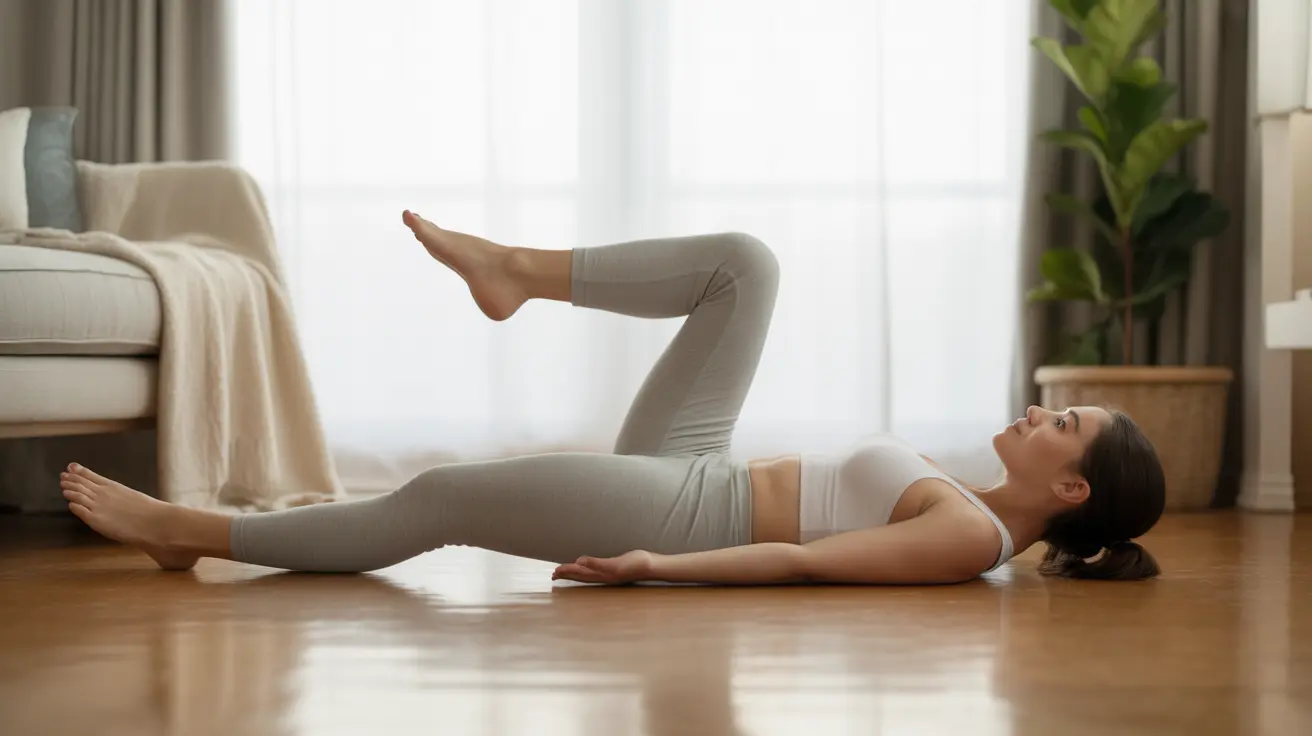Heel slides are a gentle yet effective therapeutic exercise that plays a crucial role in knee rehabilitation and mobility improvement. Whether you're recovering from surgery, dealing with knee stiffness, or working to maintain joint flexibility, understanding and properly executing heel slides can significantly benefit your recovery journey.
This comprehensive guide will walk you through everything you need to know about heel slides, from proper technique to benefits and safety considerations, helping you maximize the effectiveness of this fundamental exercise.
Understanding Heel Slides and Their Purpose
Heel slides are a controlled movement exercise where you lie on your back and slowly slide your heel toward and away from your buttocks while keeping your foot in contact with the surface. This exercise specifically targets knee mobility and strengthening, making it particularly valuable during rehabilitation periods.
Proper Technique for Heel Slides
Starting Position
Begin by lying flat on your back on a firm, comfortable surface. Keep your legs extended and arms relaxed at your sides. Ensure you're on a smooth surface that allows your heel to slide easily, such as a wooden floor with a towel or a smooth mat.
Exercise Steps
- Start with both legs straight on the floor
- Slowly bend one knee by sliding your heel toward your buttocks
- Continue the movement until you feel a gentle stretch or reach your comfort limit
- Hold briefly at the peak position
- Gradually slide your heel back to the starting position
- Maintain contact between your heel and the surface throughout the movement
Benefits of Heel Slides
Heel slides offer numerous advantages for knee rehabilitation and overall joint health:
- Improved knee flexion and extension
- Enhanced joint mobility
- Increased circulation to the knee joint
- Strengthened leg muscles
- Reduced stiffness after surgery or injury
- Better functional movement patterns
Common Applications in Physical Therapy
Physical therapists often prescribe heel slides for various conditions and situations:
- Post-knee surgery rehabilitation
- Recovery from total knee replacement
- ACL reconstruction recovery
- General knee mobility improvement
- Arthritis management
- Prevention of post-injury stiffness
Safety Guidelines and Precautions
To ensure safe and effective practice of heel slides:
- Start slowly and gradually increase range of motion
- Listen to your body and avoid forcing movements
- Maintain proper form throughout the exercise
- Stop if you experience sharp or severe pain
- Follow your healthcare provider's specific instructions
- Keep movements smooth and controlled
Frequently Asked Questions
What are heel slides and how do they help improve knee flexibility and mobility?
Heel slides are rehabilitation exercises where you slide your heel toward and away from your buttocks while lying down. They help improve knee flexibility and mobility by gently working through the knee's range of motion, strengthening surrounding muscles, and promoting better joint function.
How do I correctly perform heel slide exercises at home or during physical therapy?
To perform heel slides correctly, lie on your back, keep your heel in contact with the surface, and slowly slide it toward your buttocks. Maintain control throughout the movement, avoid lifting your heel, and return to the starting position smoothly. The movement should be pain-free and within your comfortable range of motion.
What are the benefits of doing heel slides after knee or hip surgery?
After surgery, heel slides help prevent stiffness, maintain joint mobility, improve circulation, reduce swelling, and promote healing. They're particularly beneficial because they're low-impact and can be performed early in the recovery process, helping to restore normal knee function gradually.
Are there any safety precautions or common mistakes to avoid while doing heel slides?
Common mistakes include rushing the movement, lifting the heel off the surface, and forcing beyond comfortable range of motion. Stay within pain-free ranges, maintain contact between your heel and the surface, and ensure smooth, controlled movements. Stop if you experience sharp pain or unusual discomfort.
How often and how many repetitions of heel slides should I do to see improvement in knee strength and range of motion?
Typically, aim for 10-15 repetitions per set, performing 2-3 sets daily. However, follow your healthcare provider's specific recommendations, as optimal frequency and repetitions vary based on your condition and recovery stage. Consistency is more important than quantity when working to improve range of motion.




